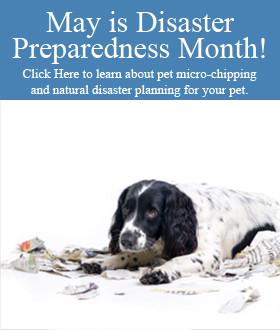As we continue to address issues related to the consideration by our county to endorse or fund TNR, research is being added regularly to our “concerns with TNR” webpage. Starting with just over 20 peer-reviewed scientific papers, we now have over 50 sources posted. The majority of those sources are related to Public Health, as that remains our greatest concern. As part of a team of professionals responsible for public health (including your health department, human doctors, and other allied professionals), veterinarians are uniquely situated to understand the risks associated with animals. More than 75% of emerging infectious disease comes from animals, so vigilance is essential. Some of the “highlights” from recent papers added to the site include:
* updated information on prevalence of parasites of dogs and cats and the risk factors associated with infection, as well as reinforcing veterinary and public health concerns, is of crucial relevance…read more here.
* while ocular toxocariasis is not terribly common (600-700 cases/yr), it is terribly debilitating to those infected with these parasites (which come from both dogs and cats). For those effected, blindness is the most common end result, with children bearing the high portion of the cases. As the summary notes, the average age of the patient was 8.5 years and more than half of the new cases were from the south. Again, this has much to do with our environment, which is very favorable to parasites and their eggs. Roundworms and their eggs can remain in the soil for years, which is why proper and timely fecal disposal is so important…read more here.
* major neglected infections of the poor and disadvantaged “include…toxocariasis…toxoplasmosis [and these] disease occur predominantly in people of color living in the American South, in disadvantaged urban areas…[and] represent some of the greatest health disparities in the United States”…read more here.
* the estimated burden of Cat Scratch Disease in the US is ”22,000 cases. Although CSD occurs in persons of all ages, the highest age-specific incidence is among children aged <10 years. Infection with B. henselae is one of the most common causes of chronic lymphadenopathy among children, and in some case series up to 25% of the these infections result in severe systemic illness”…read more here.
It remains apparent, and becomes more urgent with every paper added to our resource base, that the veterinary community simply cannot support the notion of county funded or endorsed TNR.





































